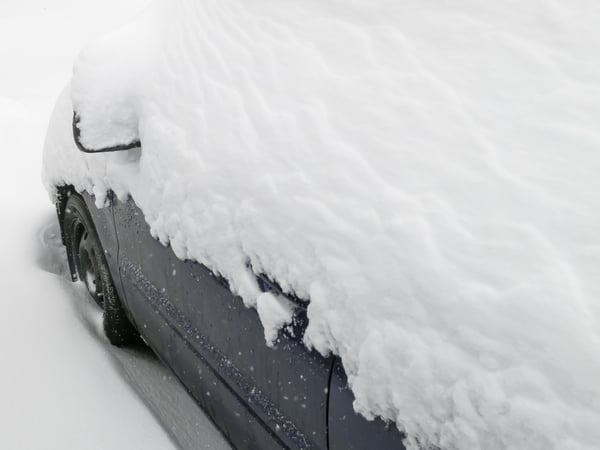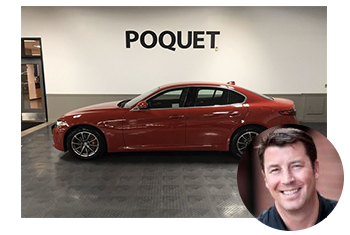Many people dread having to drive during the cold winter months when the roads become covered in ice and snow. Unless you have remote start or a garage, having to drive on these road conditions become even worse when you have to get into your freezing car. Just start your car and give your cabin and engine time to warm up then hit the road, right?

In the past, the common practice was to “gear up and let it idle to warm up my car’s engine.” However, contrary to this former best practice, this strategy does not prolong the life of your engine. In fact, it strips oil away from the engine's cylinders and pistons.
In an internal combustion engine, pistons compress a mixture of air and vaporized fuel within each of the engine’s cylinders. The mixture is then ignited to create a combustion event, like a small, controlled explosion that powers the engine. But, when your engine is cold, the gasoline is less likely to evaporate and create the correct ratio of air and vaporized fuel for these small explosions.
By no later than the early 1990s, all car manufacturers completed the transition to electronic fuel injection. Engines with electronic fuel injection have sensors that compensate for the cold by pumping more gasoline into the mixture. The engine continues to run this way until it heats up to about 40 degrees.
Driving your car is the quickest way to warm up the engine so it switches back to a normal fuel-air ratio. Even though warm air generated by the radiator will flow into the cabin after a few minutes, idling the car does very little to warm up the actual engine. The best thing to do is start the car, take a minute to scrape the ice off your windows, and get on the road.
Of course, hopping into your car and gunning it straightaway will put unnecessary strain on your engine. It does take 5 to 15 minutes for your engine to warm up, so take it nice and easy for the first part of your drive.
So, why do people still think they need to let their car warm up?
Back when carbureted engines owned the roads, warming up your car’s engine was a best practice. Carburetors mixed gasoline and air to make vaporized fuel to run an engine, but they didn't have sensors to adjust the gasoline-air ratio when it turned cold. As a result, you had to let older cars warm up before driving or they would stall out. Luckily, it's been about 30 years since carbureted engines were common in cars.
There are still reasons as to why you should let your car warm up during the winter. If you do take off right after starting you car, it most likely means that you will be dealing with frost on you car windows before they have the chance to warm up. If you do not have the time to wait, you can easily defrost your windows in one minute with this car window defrosting solution.
Additional Winter Driving Articles
Winter Driving FAQs for Minnesota Newbies
5 Easy Tips to Prepare for Winter
Which Household Products Performed Just as Well as RainX Anti-Fog?
Visit the #1 used car dealer in the Twin Cities
No matter if you've been planning to purchase a new vehicle or need one in a pinch, everyday at Poquet Auto is a great day to get a great price on vehicle. As the leading pre-owned car dealer in the Twin Cities, you’re sure to have a great experience when you visit Poquet. From the moment you step in the door, our professional staff will help you find the best vehicle, no matter the make, model, or price you’re looking for.
Finally, learn how to get the best value for under $20,000 or schedule a test drive in one of our 200+ vehicles today!







